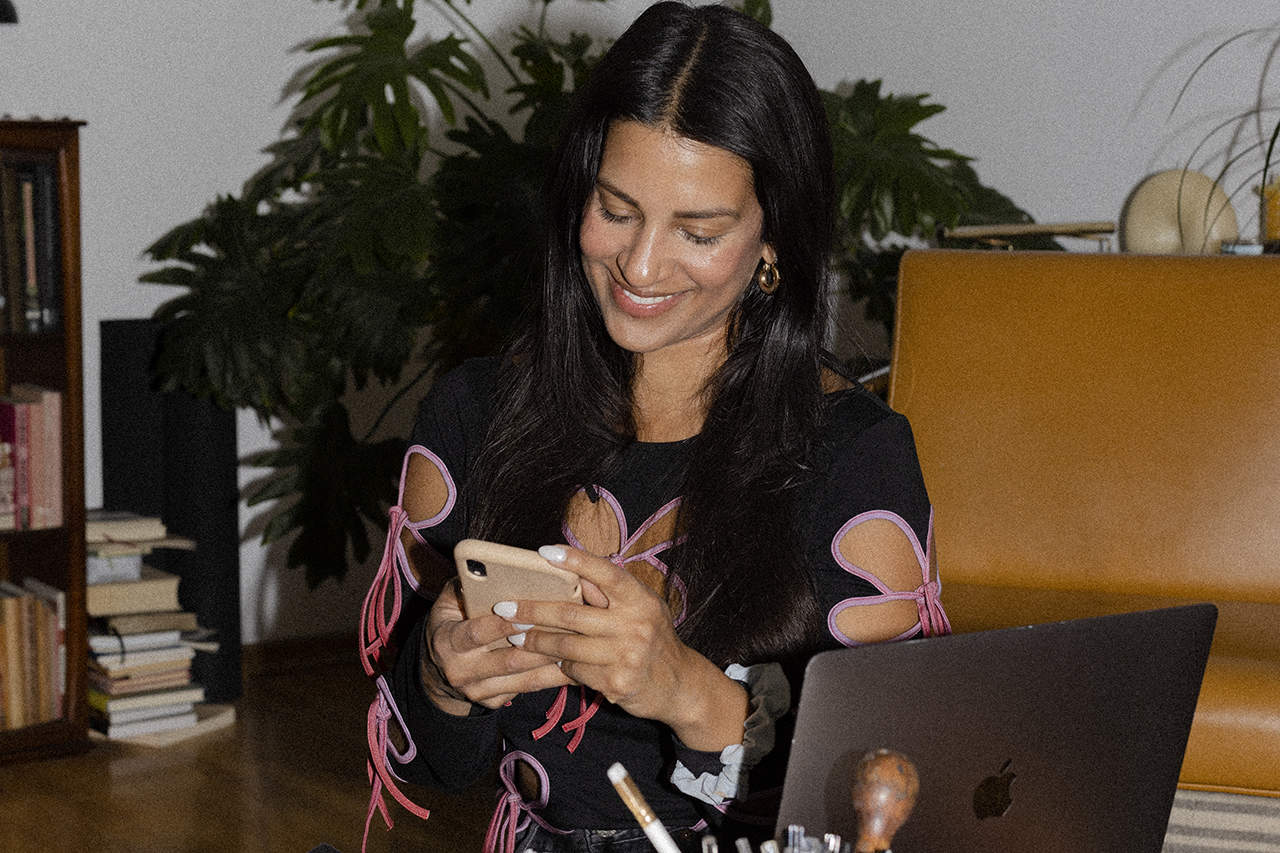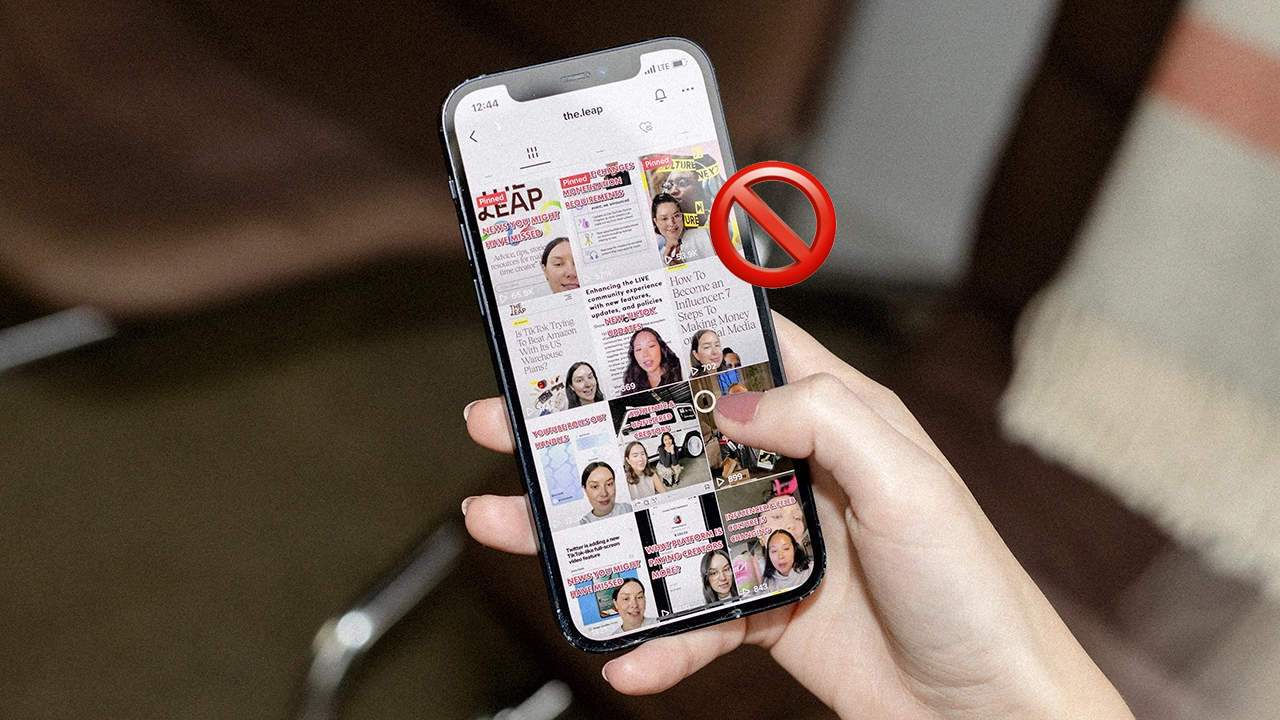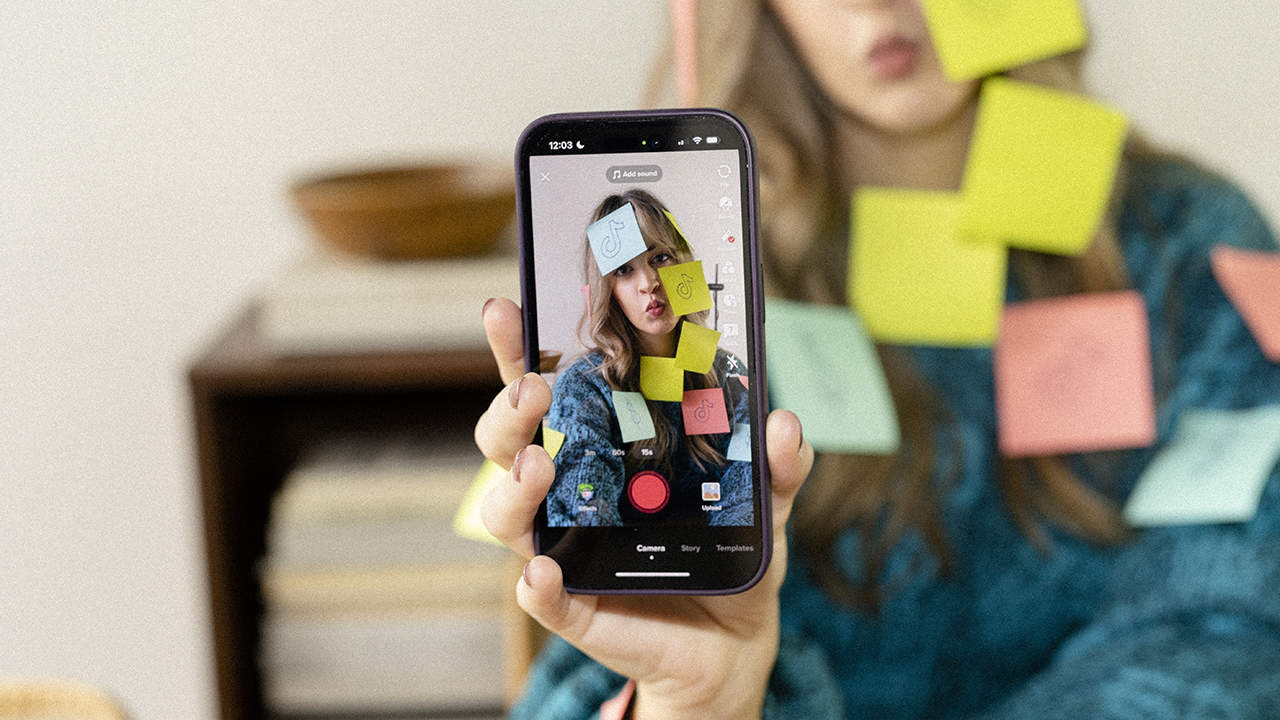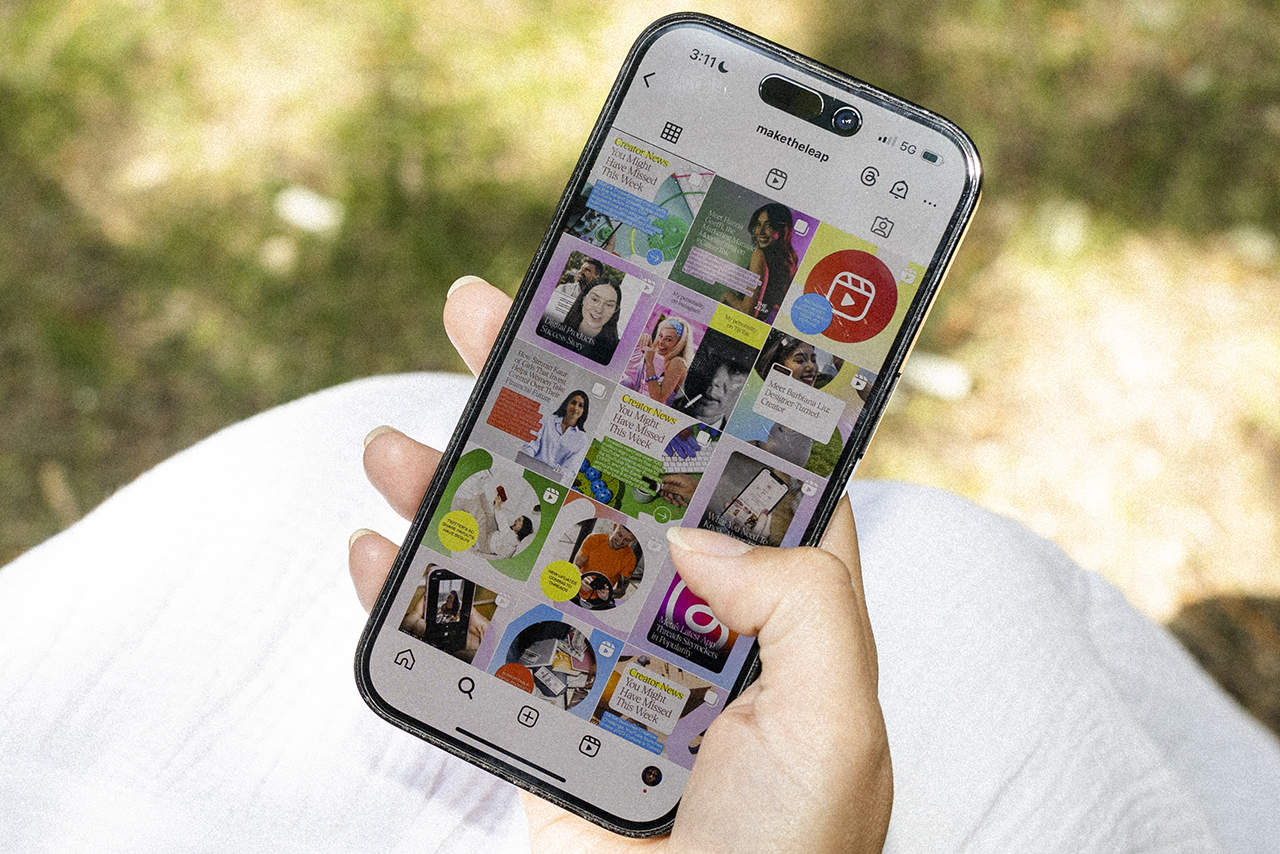If we know one thing for certain, it’s that 2024 will be an interesting time to be a creator educator. While 2023 saw some worrisome news for creators (like advertisers paring back their sponsorship budgets), the truth is that the creator economy is booming, now more than ever before. In fact, investment banking firm Goldman Sachs predicts that it could grow to half a trillion dollars by 2027.
With the creator economy on the up and up, online course platform Thinkific has taken a deep dive into the phenomenon, exploring the recent creator educator explosion in its Digital Learning Trends 2024 Report. For this report, Thinkific surveyed over 2,500 Americans about topics related to the creator economy and online learning. These include the kind of content they create and consume, how they’re monetizing, and how they’re growing their online communities.
Here, we’re delivering you all the key takeaways from Thinkific’s Digital Learning Trends 2024 Report. Get the full report here.
5 Digital learning trends to watch in 2024
1. AI is increasing creator productivity.

In 2023, the rise of AI technology like ChatGPT had more than a few creators thinking that the end of the creator economy was nigh. Many were worried that AI would replace creators and destroy online education as we know it. In fact, Thinkific found that 49% of people have or would consume content they knew was created by AI. An MIT Sloan study even found that people frequently preferred AI-generated content. Doesn’t sound promising to aspiring creators, right?
Well, not exactly. While Thinkific found that 78% of people believe AI-generated content is here to stay, the reality, according to the same MIT Sloan study, is that people generally prefer content with a human touch. The truth is that we tend to follow creators for who they are. And even as AI advances, we prefer learning from creators’ unique genius rather than from an anonymous source.
This is great news for creators! But what’s even better is that as trust in AI grows, savvy creators can leverage these tools to work smarter, not harder. Schudio CEO Ian Richardson elaborates: “As a creator, it’s really important that you use AI to enhance what you do rather than actually use it as a pure creation tool.” This means using AI to enhance your workflow and free up your time. That way, you can get back to what you love to do: creating amazing content!
What does this mean for creators?
First of all, there’s little reason to worry that robots will replace you any time soon. As a creator, your unique genius is valuable and irreplaceable to learners. As AI-generated content continues to infiltrate online learning spaces, it’s important that you remind your followers about the (human) expertise and experience you bring to the table. That means referencing it on your website and sales pages, and in your social content.
In addition to all the other great tools you use on a daily basis, AI tools like ChatGPT or The Leap’s AI-powered digital product builder are a great way to remove any creative blocks, save time and costs, and grow your creator business faster.
2. Digital products emerge as the quickest path to monetization.

One of the first things aspiring creators want to know is, “How can I start making money quickly?” In the past, some of the most popular answers would have been to monetize through social media platforms or partner with brand sponsors. In 2024, however, a simpler and more attainable path towards monetization has emerged: selling digital products.
Digital products (like mini-courses, ebooks, and templates) are now one of the easiest and quickest ways for creators to earn money online. And they’re also in high demand. Thinkific’s survey found that three of five people had consumed downloadable content from someone they follow on social media.
What does this mean for creators?
If you want to start monetizing quickly as a creator, you’ll want to get in on the digital product game. Even if you already have an established course business, digital products provide a new income stream that can create leads for your established offering.
Selling smaller, lower-priced products from the jump is also a great way to build trust with your audience. That way, they’ll be more likely to purchase your higher-priced products in the future.
If you want to start selling digital products, like, right now, you totally can. For instance, you can begin by selling your templates, handouts, or any existing assets. If you want to start from scratch, however, you can create a brand new digital product in minutes using The Leap’s AI-powered authoring tool.
3. All platforms become learning platforms.

Today, learners aren’t limited to traditional institutions like schools or universities to gain the knowledge and skills they seek. They’re learning it all from their smartphones, on apps like Instagram and TikTok.
In 2024, platforms once used primarily for entertainment purposes are now being used regularly as learning tools. While Senior Vice President of Google Search, Prabhakar Raghavan, stated that 40% of young people are using TikTok or Instagram for search over Google, Thinkific’s survey shows that data is even higher, with 47% of 18 to 25-year-olds reporting that they use TikTok for learning.
In addition to TikTok, YouTube continues its reign as one of the internet’s premiere learning platforms. For instance, educational YouTube channels like Crash Course and AsapSCIENCE are boasting subscribers in the millions. Meanwhile, educational podcasts like NPR’s Planet Money and Stuff You Should Know are attracting 0.5 to 1.4 million monthly listeners.
What does this mean for creators?
With all this data in mind, Thinkific predicts that educational content will only keep growing on these platforms — and more — in the coming year.
The hunger for educational content is there, and it’s clearly a great time to explore different platforms — from Instagram to Spotify — for your learning content. This also means not shying away from lesser-known or up-and-coming platforms. Who know? You might be the platform in question’s trailblazing creator!
4. Private communities > social media.

Got social media fatigue? You’re not alone. Thinkific’s survey found that 69% of people believe that social media has more negative content now than it did five years ago.
So, how does one be online in a way that actually improves their life? The answer is private communities. Rather than public communities (e.g. subreddits, Facebook groups), private communities are safe, exclusive spaces for people with similar interests to chat online and learn things from each other.
More than half of the people Thinkific surveyed prefer private chats or communities to public ones. And creators, like Amanda Schonberg of Baking for Business and Diamond Lee of HerDesign Media Co, are taking advantage of the demand. Recognizing that students prefer a real connection to their instructor, both creators take an authentic approach to connecting with their audience.
What does this mean for creators?
First thing’s first: if you’re a creator educator, you’ll want to take advantage of the demand for private communities. However, if you do jump on this trend, you’ll want to ensure your exclusive community is providing value and connection for its members.
This means a number of things, including showing up authentically for your audience. Additionally, give your members a chance to connect with you one-on-one via private chat, coaching sessions, or office hours. In other words, don’t be afraid to be yourself and be vulnerable with your audience!
5. The creator economy is no longer a young person’s game.

When you think of creator educators, you’re probably picturing Zillennials like Miss Excel or Your Rich BFF‘s Vivian Tu. But that’s only half the picture.
The reality is that the creator economy isn’t just a young person’s game. According to a 2022 study by Adobe, the average creator is actually a 40-year-old millennial. Meanwhile, Thinkific’s survey found that 19.2% of people between the ages of 41 and 56 consider themselves creators, an increase of 16% since last year.
This aging-up phenomenon arrives as the creator economy shifts from entertainment to education, with 62% of people surveyed being more interested in creators making educational versus entertainment content. Of course, when it comes to education, life experience and expertise are incredibly valuable assets. And older generations have those in spades, right?
The second reason that creator demographics are aging up is that creator spaces are becoming more accessible. This is in part thanks to the emergence of AI, and the advancement of software and social media tools.
And finally, the economy and inflation are having an impact on creators. Thinkific’s survey found that three-quarters of people have considered pursuing additional income streams as a result of the current economy. This means that even people with advanced careers are still looking for additional income streams to combat rising costs of living and save for retirement.
What does this mean for creators?
According to the New York Times, older creators are in high demand. The wisdom, life experience, and expertise that come with age are highly valuable to online learners. This means creators of any age can start creating as a side hustle and see their business succeed in today’s creator economy.
To really thrive, older creators can also leverage increasing accessible creator technology, including AI-powered tools like The Leap, which allow you to create digital products and other assets in just a few clicks.
Stay on trend and on target!
While 2023 brought its own set of challenges to the creator table, the creator economy is soaring to new heights into 2024 with new, exciting ways for creators to earn an income and grow their audiences.
Want to succeed in this new creator landscape? You’ll want to get out there and harness new platforms, leverage AI tools, and start creating and selling your own digital products. And, luckily, The Leap lets you do all three. Our AI-powered authoring tool allows you to build marketable digital products in a matter of minutes. Even better, The Leap doubles as a link-in-bio storefront, so you can create and sell your products all from one platform.
Ready to start making money online? Try The Leap free today.
Follow The Leap on TikTok, Instagram, and YouTube for more creator economy news. We also make a newsletter.



